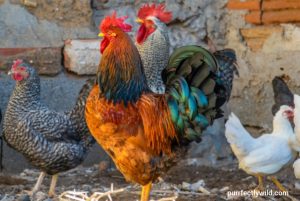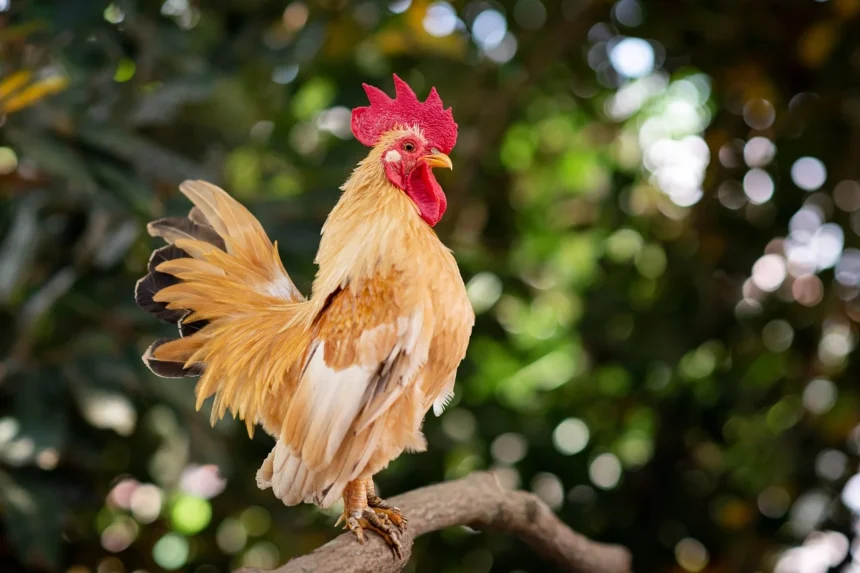Bantams are a popular choice due to their small size and versatility. They adapt well to both large and small environments, making them suitable for urban and suburban settings. Additionally, these chickens are known for their lively behavior and consistent small egg production. Because of their manageable size, bantams are easy to care for and ideal for beginner chicken keepers. Moreover, their variety of colors and patterns enhances the aesthetic appeal of any flock. Furthermore, their smaller size means they consume less feed, which helps in reducing feed costs.
On the other hand, Seramas hold the title of the world’s smallest chicken breed. Despite their diminutive size, they possess a friendly and manageable temperament. They are versatile enough to thrive in both indoor and outdoor settings and are well-suited for confinement. Notably, Seramas enjoy human interaction and exhibit a calm demeanor, making them excellent pets. In addition, their tiny eggs are a unique characteristic, and they continue to lay eggs consistently. Overall, Seramas require minimal space and maintenance, while their endearing personalities and small stature make them a cherished choice among chicken enthusiasts.
Characteristics and Traits of Small Chicken Breeds
Small chicken breeds have unique features that set them apart from their larger counterparts. These breeds offer diverse characteristics, making them popular among backyard poultry enthusiasts.
1. Compact Size: Small chicken breeds, such as the Bantam, typically have a smaller stature compared to standard chickens. Their compact size allows them to fit well in limited spaces, making them ideal for urban or suburban environments.
2. Feather Varieties: Small chickens often exhibit a wide range of feather types and colors. For instance, the Silkies have soft, feather-like fur that resembles silk, while the Sebrights sport a striking laced feather pattern. This variety adds a decorative touch to any flock.
3. Friendly Temperament: Many small chicken breeds, including the Mille Fleur and the Pekin, are known for their gentle and friendly nature. They often become affectionate pets and enjoy interacting with their owners.
4. High Egg Production: Despite their size, some small chicken breeds are efficient egg layers. Breeds like the Bantam Leghorn can produce a steady supply of eggs, though they are typically smaller than those laid by larger breeds.
5. Low Feed Requirements: Small chickens consume less feed compared to their larger relatives. Their smaller size translates into lower food costs, which can be advantageous for those looking to maintain a budget-friendly flock.
6. Adaptability: Small chicken breeds tend to adapt well to various environments. They thrive in different climates and can adjust to both indoor and outdoor living conditions, provided they receive proper care and attention.
7. Decorative Appeal: Many small chicken breeds are chosen for their aesthetic appeal. Their diverse colors, feather patterns, and unique appearances make them attractive additions to any poultry collection.




